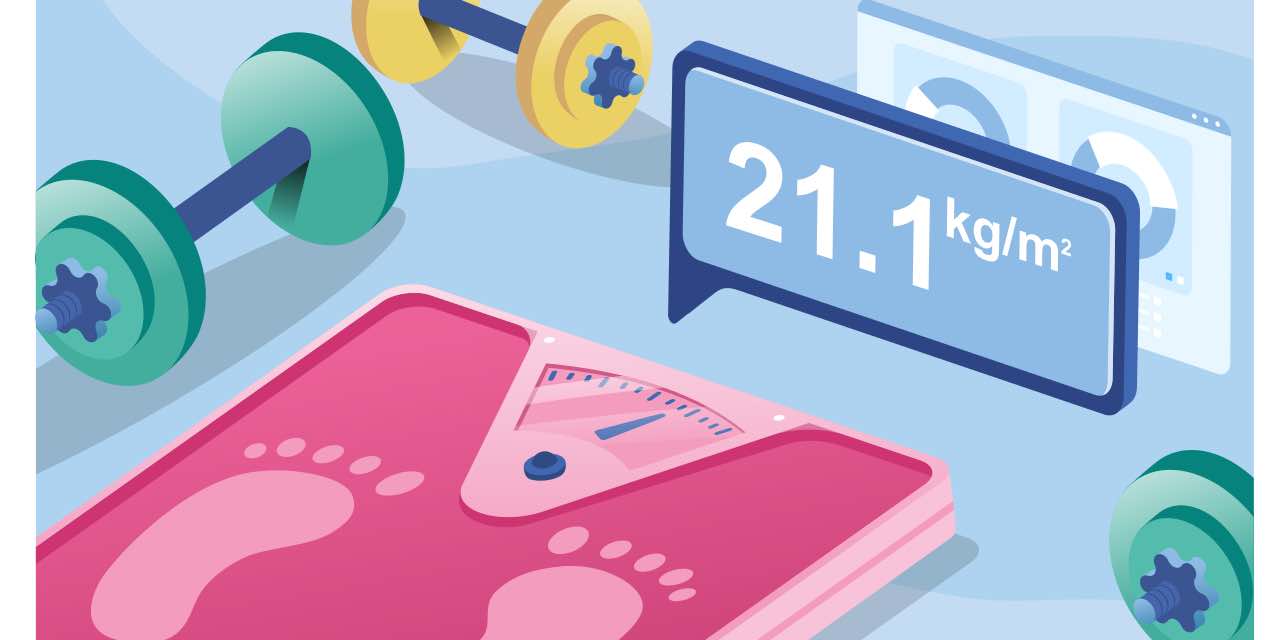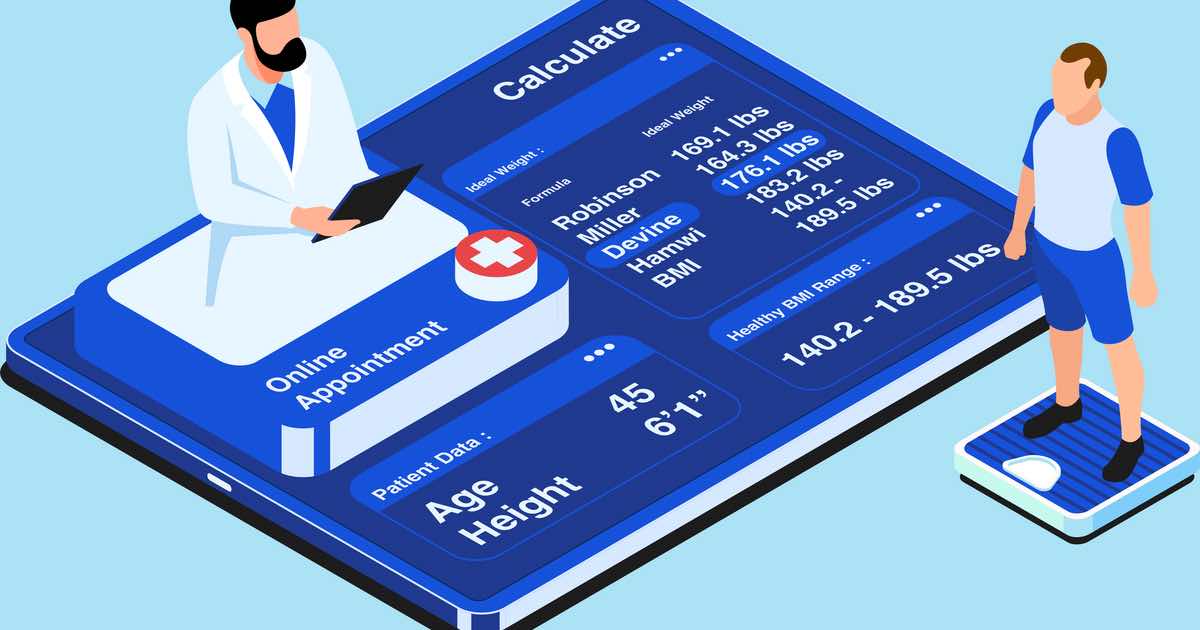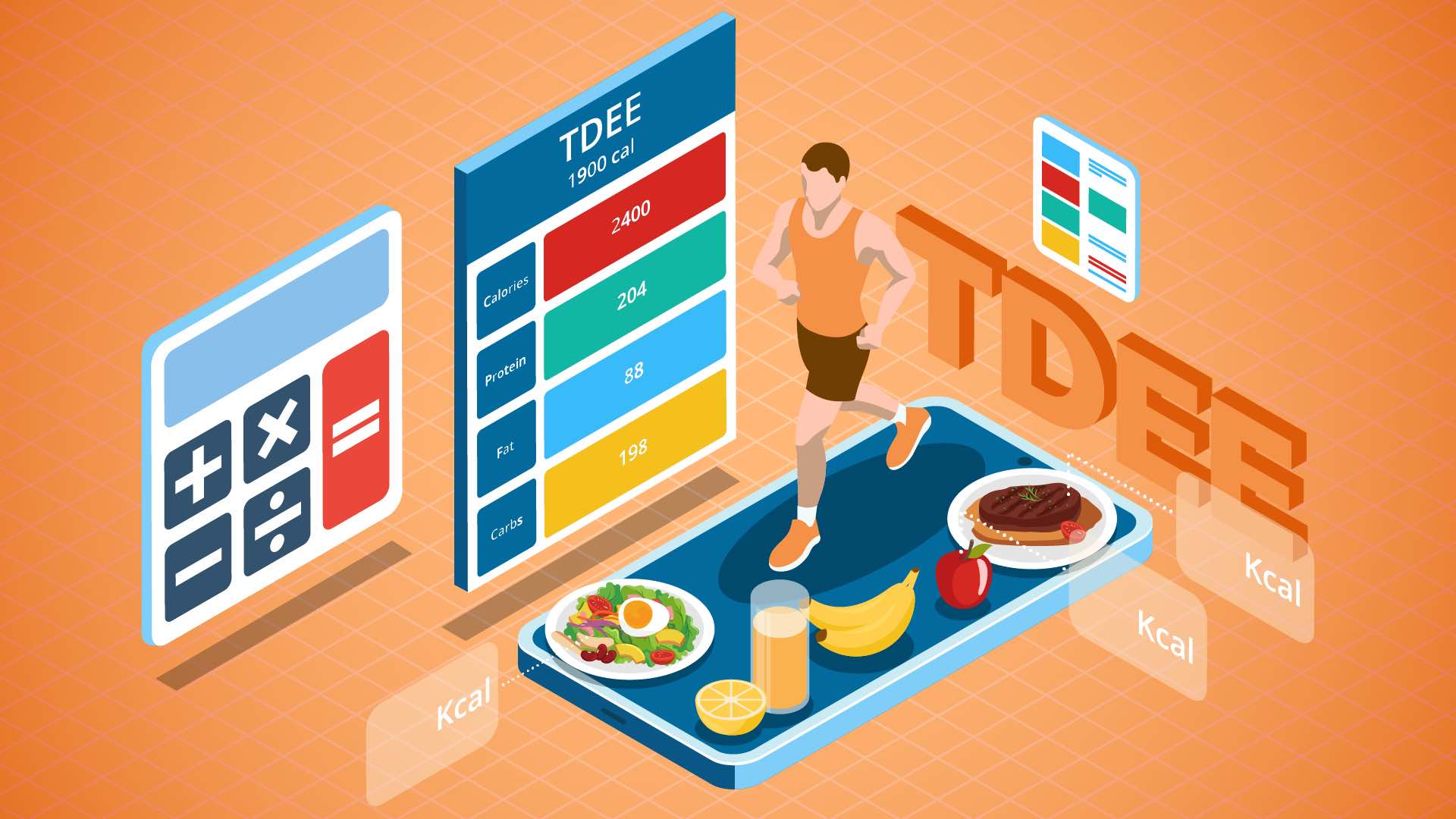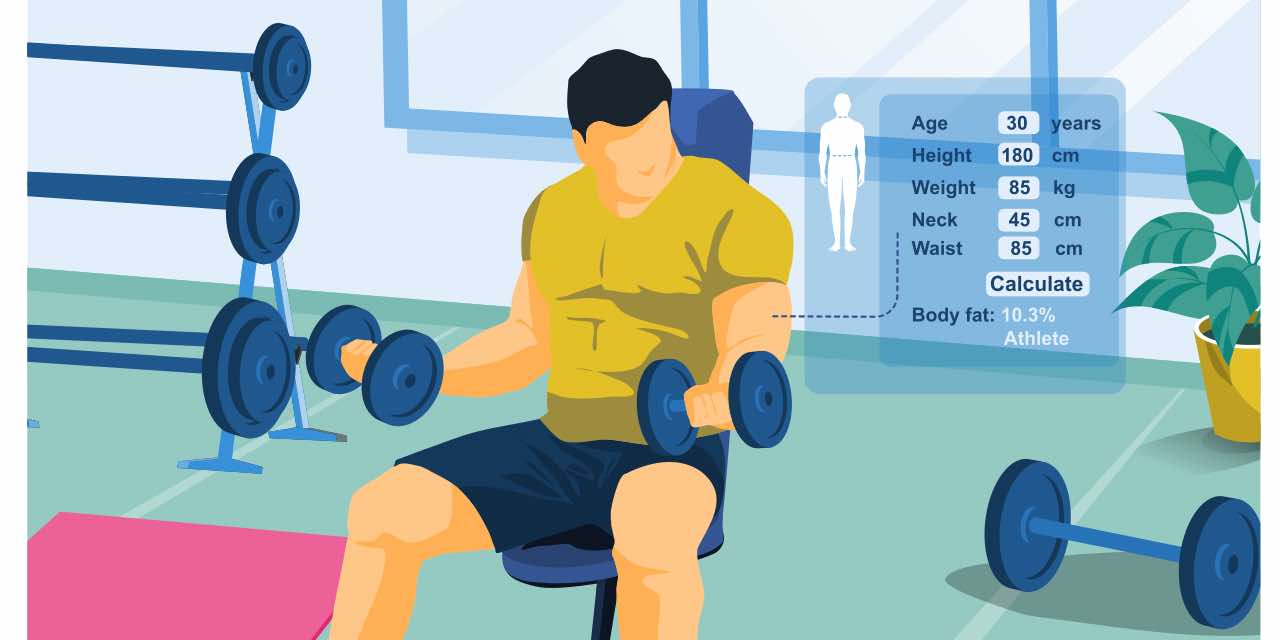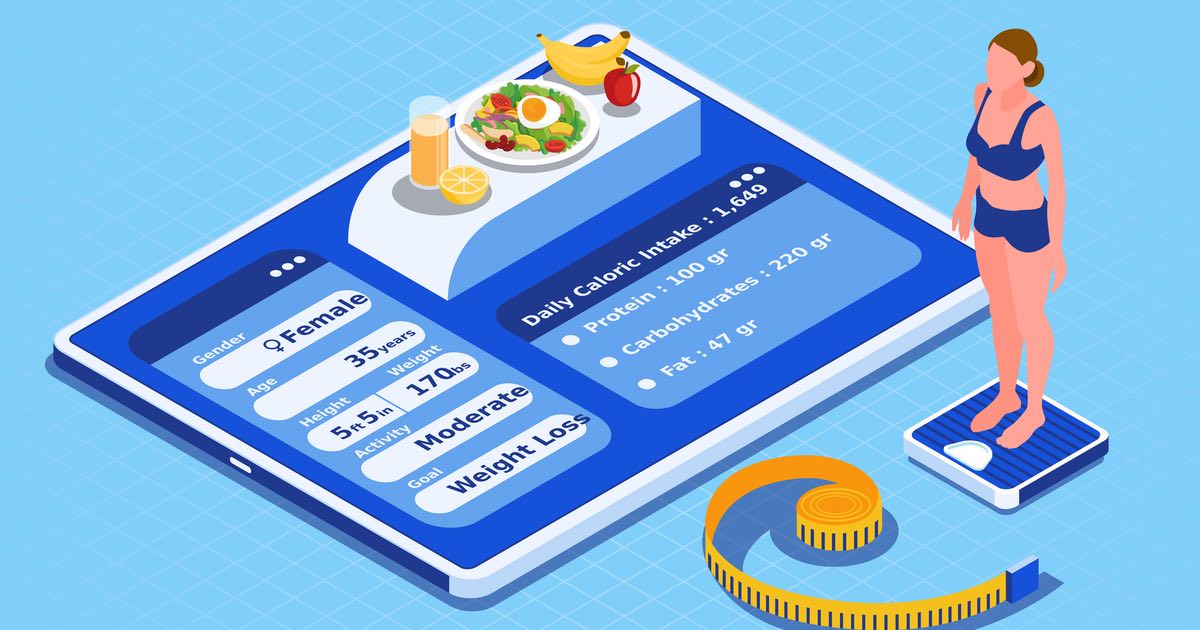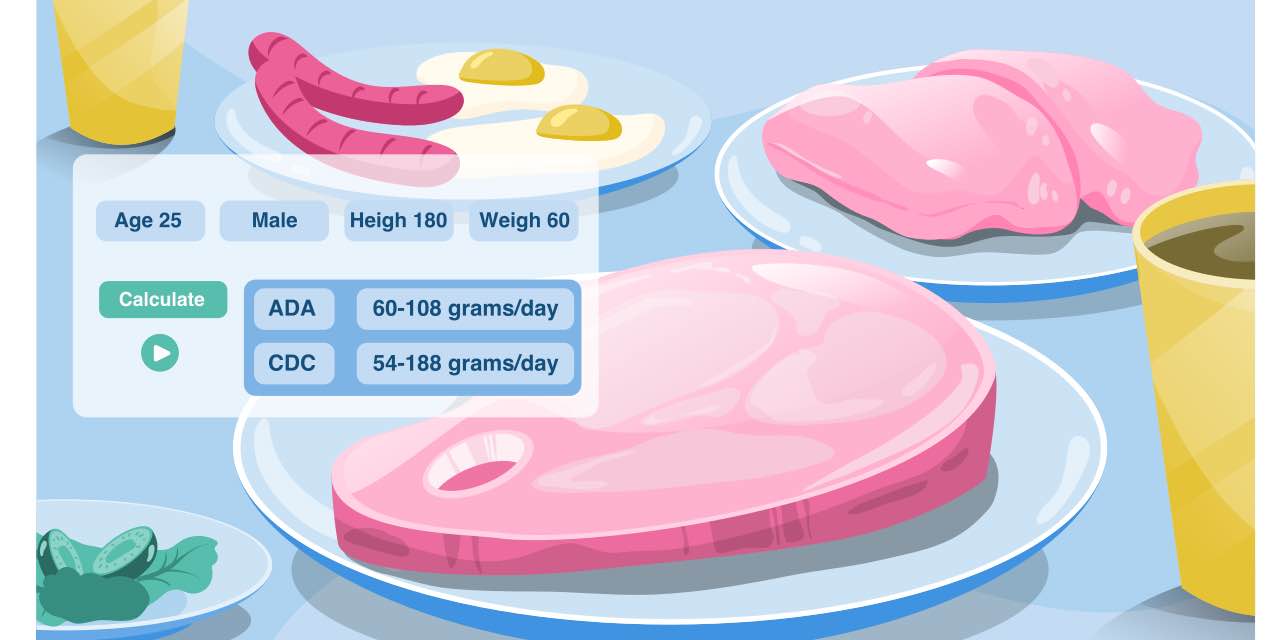The Body Fat Percentage Calculator is a crucial tool for assessing health and fitness by estimating the proportion of fat in the body relative to total weight.
 Body Fat Percentage Calculator
Body Fat Percentage Calculator
Weight Calculator & Calorie Calculator
Weight Management Calculators assist in tracking and optimizing body weight and composition, offering insights on BMI, BMR, calorie intake, and burned calories.
Introduction of Body Fat Percentage Calculator
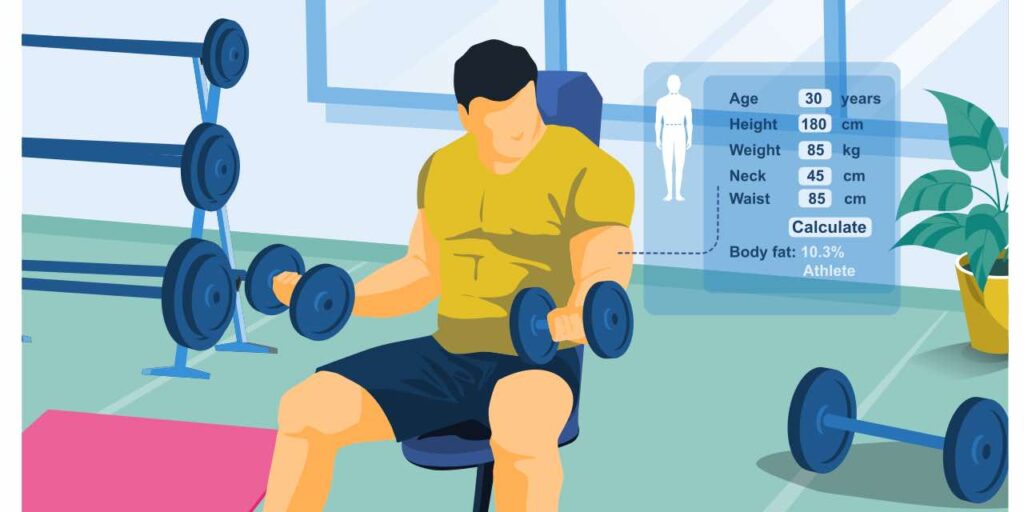
This article explores the significance, benefits, and practical applications of using a Body Fat Percentage Calculator, along with a comprehensive overview of related information and tools.
Table of Contents
- What is a Body Fat Percentage Calculator?
- Why Use a Body Fat Percentage Calculator?
- Benefits of Using a Body Fat Percentage Calculator
- When to Use a Body Fat Percentage Calculator
- Who Should Use a Body Fat Percentage Calculator?
- Alternative Tools for Body Fat Percentage Calculation
- FAQs
What is a Body Fat Percentage Calculator?
A Body Fat Percentage Calculator is an essential tool that estimates the percentage of fat in the body based on various factors such as weight, height, age, and gender. It provides a quantitative measure of body composition, helping individuals monitor their health and fitness goals effectively.
Why Use a Body Fat Percentage Calculator?
Using a Body Fat Percentage Calculator offers several advantages. It allows individuals to track changes in body composition over time, assess health risks associated with excessive fat accumulation, and tailor fitness and nutrition plans to achieve specific body composition goals.
Benefits of Using a Body Fat Percentage Calculator
- Health Monitoring: Helps in assessing overall health and identifying potential health risks related to excessive body fat.
- Fitness Progress Tracking: Allows individuals to track changes in body fat percentage alongside fitness and dietary adjustments.
- Goal Setting: Facilitates setting realistic fitness goals based on accurate body composition data.
- Personalized Fitness Plans: Enables customization of exercise and nutrition plans to achieve optimal body composition.
When to Use a Body Fat Percentage Calculator
- Fitness Assessment: Essential for athletes, fitness enthusiasts, and individuals aiming to improve body composition.
- Weight Loss Programs: Useful for monitoring fat loss progress and adjusting strategies as needed.
- Health Management: Helpful in managing conditions influenced by body fat levels, such as diabetes or cardiovascular diseases.
Who Should Use a Body Fat Percentage Calculator?
- Athletes and Fitness Professionals: To optimize training programs and monitor performance.
- Individuals on Weight Management Programs: To track progress and adjust dietary and exercise routines.
- Health-Conscious Individuals: Interested in maintaining or improving overall health through better body composition management.
Alternative Tools for Body Fat Percentage Calculation
Here are several alternative tools and resources related to Body Fat Percentage Calculation:
- BMI Calculator: Calculates Body Mass Index (BMI) based on weight and height, offering a general indicator of body fatness.
- DEXA Scan: Dual-energy X-ray absorptiometry provides precise measurements of body fat percentage and bone density.
- Skinfold Calipers: Measures subcutaneous fat thickness at various body sites to estimate total body fat percentage.
- Bioelectrical Impedance Analysis (BIA): Analyzes body composition based on the conductive properties of body tissues.
- Hydrostatic Weighing: Determines body fat percentage by measuring body density using underwater weighing.
- Waist-to-Hip Ratio Calculator: Assesses fat distribution and health risks based on waist and hip measurements.
- Online Health and Fitness Platforms: Offers integrated tools for tracking body metrics, including body fat percentage, alongside diet and exercise logs.
- Smart Scales: Digital scales that use bioelectrical impedance to estimate body composition metrics.
- Fitness Apps: Mobile applications that include body fat percentage calculators and tracking features.
- Nutrition and Fitness Consultants: Professionals who offer personalized assessments and guidance for achieving optimal body composition.
Advantages:
- Precision and Accuracy: Provides detailed insights into body composition for informed health and fitness decisions.
- Accessibility: Various tools cater to different preferences and measurement techniques.
- Long-Term Health Management: Supports sustainable health goals through ongoing monitoring and adjustment.
Disadvantages:
- Measurement Variability: Accuracy can vary depending on the tool used and individual factors like hydration level and body type.
- Cost and Accessibility: Some methods, such as DEXA scans, may be costly or less accessible in certain regions.
Challenges:
- Interpretation of Results: Understanding and acting upon body fat percentage data requires knowledge of health guidelines and personal health goals.
- Integration with Lifestyle Changes: Incorporating body fat percentage data into actionable fitness and dietary plans for long-term health benefits.
Recommendations:
- Regular Monitoring: Track body fat percentage periodically to assess progress and adjust fitness goals.
- Consultation: Consider consulting with health and fitness professionals for personalized advice and interpretation of results.
For more information and to use the Body Fat Percentage Calculator, visit Body Fat Percentage Calculator.
FAQs
1. What is a Body Fat Percentage Calculator? A Body Fat Percentage Calculator estimates the proportion of fat in the body based on various factors like weight, height, and gender.
2. How accurate are Body Fat Percentage Calculators? Accuracy varies depending on the method used; methods like DEXA scans and hydrostatic weighing are more precise than handheld devices or online calculators.
3. Why is it important to know your Body Fat Percentage? Knowing your body fat percentage helps assess overall health, manage weight loss or muscle gain goals, and monitor health risks associated with excessive body fat.
4. What is a healthy Body Fat Percentage range? Healthy ranges vary by gender and age, but generally, for men, 10-20% is considered healthy, and for women, 18-28%.
5. Can Body Fat Percentage be reduced through diet and exercise? Yes, combining a balanced diet with regular exercise can help reduce body fat percentage and improve overall health.
6. Are there health risks associated with high Body Fat Percentage? Yes, excessive body fat percentage can increase the risk of various health conditions such as heart disease, diabetes, and hypertension.
7. How often should you measure your Body Fat Percentage? It depends on individual goals and progress; regular monitoring, such as monthly or quarterly, is recommended for those actively managing fitness or health goals.
8. What are some methods to reduce Body Fat Percentage? Effective methods include adopting a balanced diet, engaging in regular cardiovascular and strength training exercises, and ensuring adequate hydration and sleep.
9. Is Body Fat Percentage the same as BMI (Body Mass Index)? No, while both measure body composition, BMI calculates overall body fatness based on height and weight, whereas Body Fat Percentage assesses the proportion of fat to lean tissue in the body.
10. Where can I find a reliable Body Fat Percentage Calculator? Visit Body Fat Percentage Calculator for a user-friendly tool to estimate your body fat percentage accurately.
This comprehensive guide provides valuable insights into the Body Fat Percentage Calculator, its applications, benefits, and alternative tools for body composition assessment. For more detailed information and to access the calculator, visit Body Fat Percentage Calculator.
